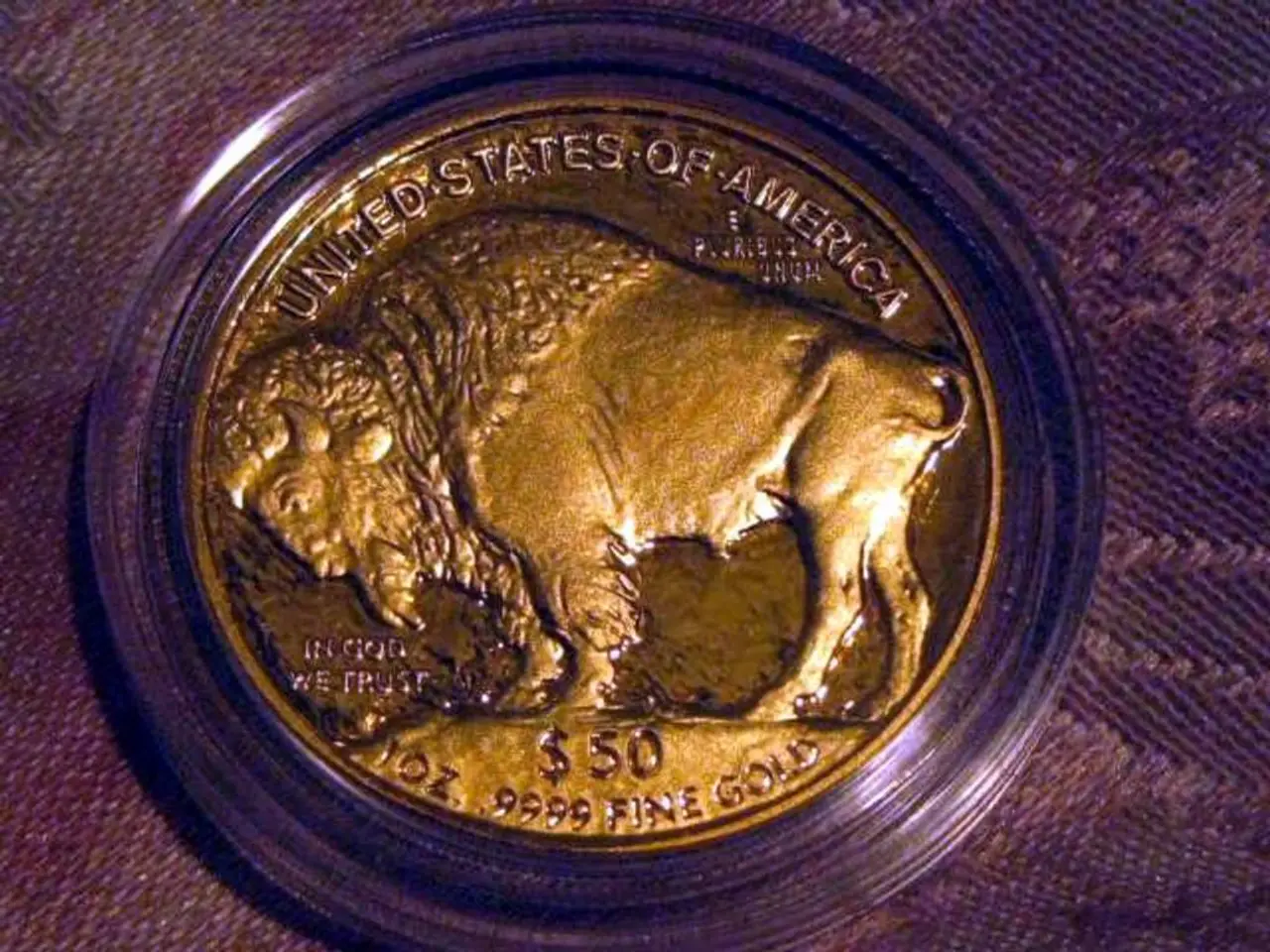Projected Dollar Trends in Upcoming Months
In a notable development, the US dollar has experienced a significant depreciation on the Belarusian Currency and Stock Exchange (BCSE) in June 2025. This trend was driven by a combination of global economic uncertainties, trade policy tensions, and regional currency dynamics.
Since early 2025, the US dollar has been depreciating against major global currencies due to a less favourable growth outlook for the US economy and prevailing global uncertainties. After initially strengthening around the US elections on expectations of robust growth and tighter monetary policy, the dollar reversed its course starting February 2025, reflecting economic and geopolitical uncertainties impacting the dollar negatively.
Heightened global trade tensions, including sweeping US tariffs announced in April 2025, raised uncertainty in financial markets. These tariff policies increased costs and dampened economic growth prospects, contributing to volatility and depreciation pressure on the US dollar in foreign exchange markets, which also influenced dollar exchange rates in related markets such as Belarus.
The Belarusian ruble, on the other hand, gained approximately 14.6% against the US dollar in the first half of 2025, reflecting a strengthening of the ruble relative to the dollar. This strengthening of the ruble, coupled with Belarus’ increasing foreign exchange reserves, likely supported the domestic currency’s resilience despite dollar fluctuations.
The trading volume of the dollar on the BCSE was the highest since May 2024, reaching 358.871 million dollars. However, the supply of foreign currency exceeded the demand on the Belarusian currency market for the last six months, causing the decrease in the exchange rate of the dollar.
Meanwhile, the Russian ruble depreciated by 0.2% in June 2025 but has increased by 12.67% since the beginning of the year. The trading volume of the Russian ruble is close to 100 billion Russian rubles. The exchange rate of the Russian ruble stood at 3.7731 RUB/BYN at the end of June 2025.
It's important to note that sanctions imposed on Belarus and Russia after 2022 have made the ruble a sought-after asset at the expense of the dollar and euro. The law on the mandatory sale of foreign currency by exporters has been extended until 2026 in Russia. Fulfilling obligations to foreign counterparties, such as eurobond payments, has become challenging due to these draconian sanctions.
Despite these challenges, the dollar and Russian ruble exchange rates on the BCSE are expected to remain close to their current values, with slight fluctuations under the influence of exchange rate changes on the external market. The key rate of the Bank of Russia remains at maximum values, and there are no signs of a change in the course formation in Russia or Belarus at the moment.
Physical persons were among the active players in the foreign exchange market, investing in dollars and euros for personal savings, but this trend has decreased due to the emergence of alternative savings tools and challenges in the financial sector after 2022. The rise in physical individuals' deposits, especially in Belarusian rubles, non-withdrawable, for more than a year, is due to dollar inflation and the pandemic of 2020.
In conclusion, the US dollar's depreciation on the BCSE in June 2025 was driven largely by the global weakening of the dollar amid economic uncertainty and trade policy tensions, along with Belarus’ strengthening ruble supported by rising foreign exchange reserves. These factors combined to influence the exchange rates observed on the BCSE during that period.
Personal investors might find opportunities in the diversification of their portfolios, considering the continued depreciation of the US dollar on the Belarusian Currency and Stock Exchange (BCSE). This depreciation, occurring due to global economic uncertainties, trade policy tensions, and regional currency dynamics, may have long-term impacts on personal-finance strategies in the coming months. Meanwhile, the increasing popularity of the Belarusian ruble, strengthened by its rising foreign exchange reserves, could make it an attractive currency for investing purposes, potentially offering better returns compared to the struggling US dollar.




